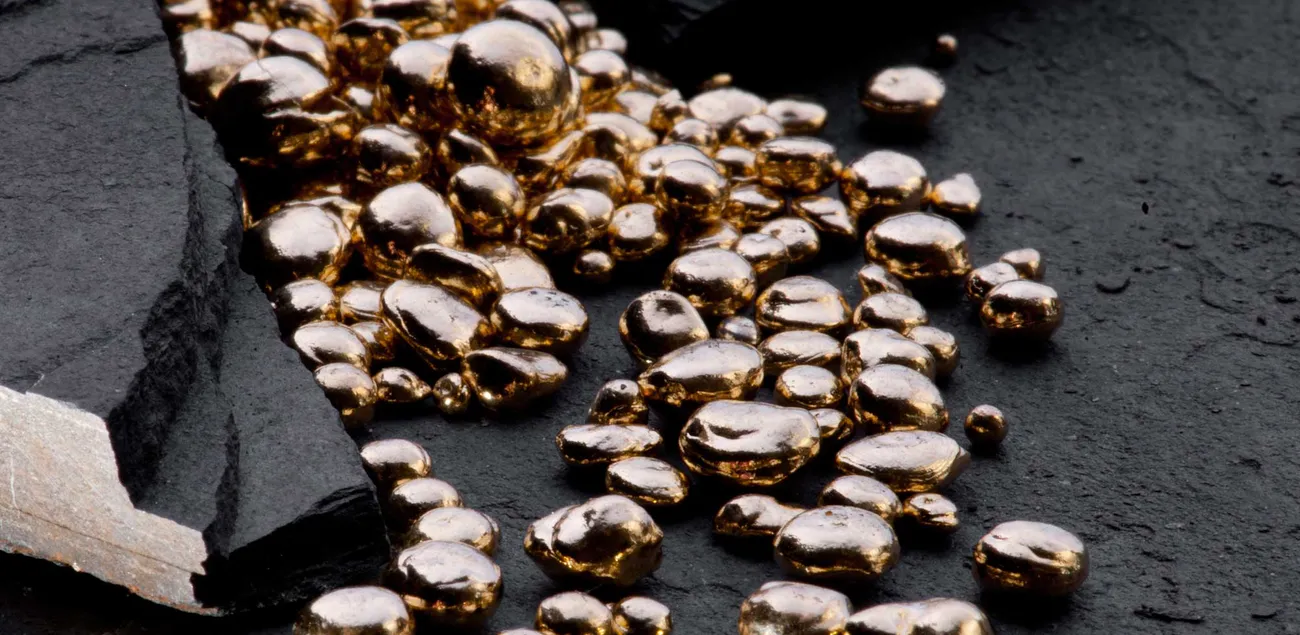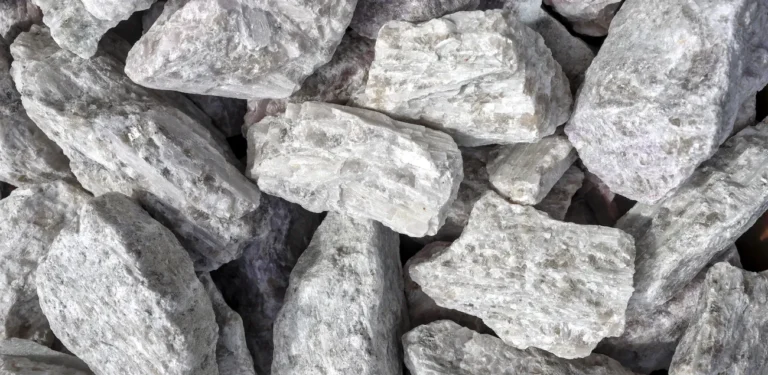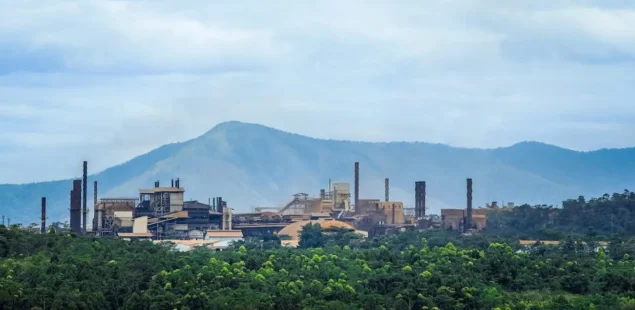
Sibanye-Stillwater, gold and PGM producer, and South Africa’s Kloof–Driefontein and Beatrix complex operator, reported a 13% year-on-year drop in South African gold production to 300,191 oz (9.3 t) for January–June 2025 as first-quarter disruptions at Kloof and Driefontein lingered into Q2, while group PGM volumes softened with US operations curtailed under low-price conditions. The company guided full-year SA gold at 547,000–579,000 oz at an all-in sustaining cost (AISC) of $2,265–$2,380/oz and SA PGMs at 1.75–1.85 Moz 4E at $1,288–$1,343/oz AISC; US PGMs are guided to 255,000–270,000 oz 2E as the Stillwater West mine remains on care-and-maintenance.
Operational constraints at Kloof–Driefontein and Beatrix
Management said a main-shaft blockage at Kloof restricted logistics and ventilation, while a January fire in Driefontein’s No. 5 shaft pump chamber, followed by safety stoppages and lower grades at No. 1 shaft, reduced hoisting flexibility and cycle efficiency. Some conditions normalised by mid-Q2, but the cumulative impact compressed H1 ounces. A separate May incident saw 260 miners safely evacuated at Kloof, underlining the complex’s fragile operating window until rehabilitation is complete.
PGMs: US retrenchment, South Africa steadying
South African PGM production slipped 4% year on year to 840,600 oz 4E as maintenance and mine sequencing offset productivity gains. In North America, primary 2E output fell 41% to 141,100 oz after Stillwater West was conserved as part of a restructuring to stem losses at subdued basket prices. For 2025, the group’s guidance implies a roughly 40% year-on-year cut in US mined PGMs, with recycling volumes targeted at 300,000–350,000 oz—flat on 2024—supported by the Reldan platform and, more recently, an agreed acquisition of US recycler Metallix to deepen feed optionality.
Sales mix, by-products and downstream
Despite lower mined ounces, first-half marketing benefited from stronger gold and silver prices and by-product flows. US-based refiner Reldan sold 64,000 oz of gold, 932,700 oz of silver, over 8,000 oz of platinum, 11,600 oz of palladium and 1.5 million lb of copper recovered from waste streams in H1, cushioning mine-site variability. The group continues to pivot its US platform toward higher-throughput, lower-capex recycling to manage price cyclicality.
Market impact and pricing
Gold has eased from spring highs but remains elevated: spot traded near $3,349/oz on Aug. 18, while platinum hovered around $1,334/oz and palladium near $1,140–$1,160/oz, levels that support SA gold unit margins despite H1 headwinds and help stabilize SA PGM cash flow as palladium and rhodium recover from 2024 troughs. Management expects H2 gold output to improve as repairs bed in, contingent on stable underground conditions and power.
Company Background and Market Context
Spun out of Gold Fields in 2013, Sibanye-Stillwater has grown into a diversified precious-metals group with deep-level gold in South Africa, PGMs in South Africa and the US, and a growing circular-metals and battery-materials portfolio in Europe and North America. The US Stillwater complex (Montana) remains strategic but is being resized for the current price deck, while SA PGMs focus on cost discipline and selective capital. The group’s 2025 guidance—unchanged for PGMs, trimmed risk on SA gold—frames H2 as a recovery half, aided by stronger rand-gold and improving smelter and recycling throughput.
Gold remains a portfolio hedge and a key input for jewelry and electronics; prices near record territory reflect haven demand and central-bank buying. For PGMs, automaker destocking has slowed and substitution away from palladium has levelled off; platinum’s outlook ties to autocatalysts and nascent hydrogen applications, but near-term price support depends on disciplined mine supply and recycling flows.



